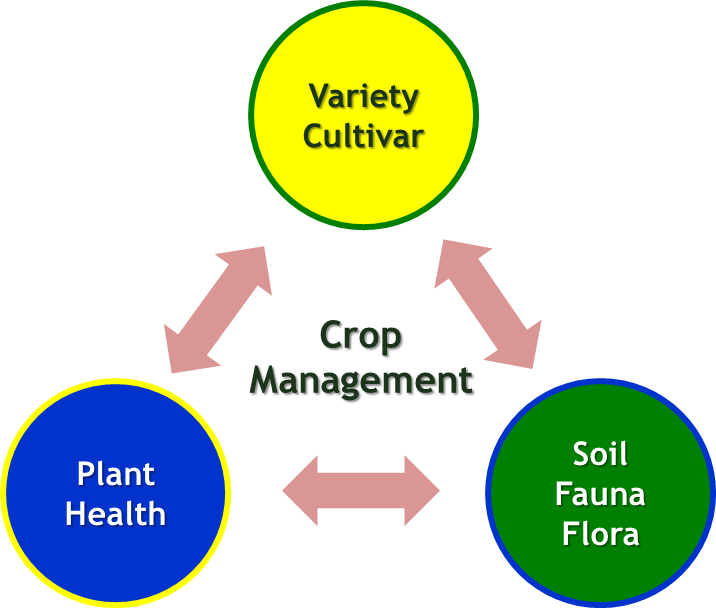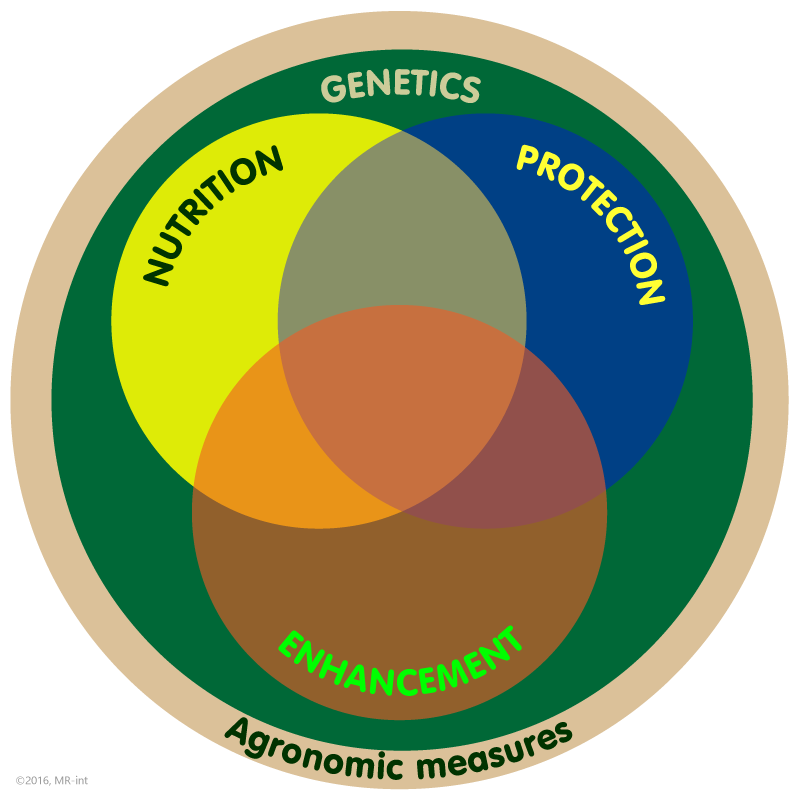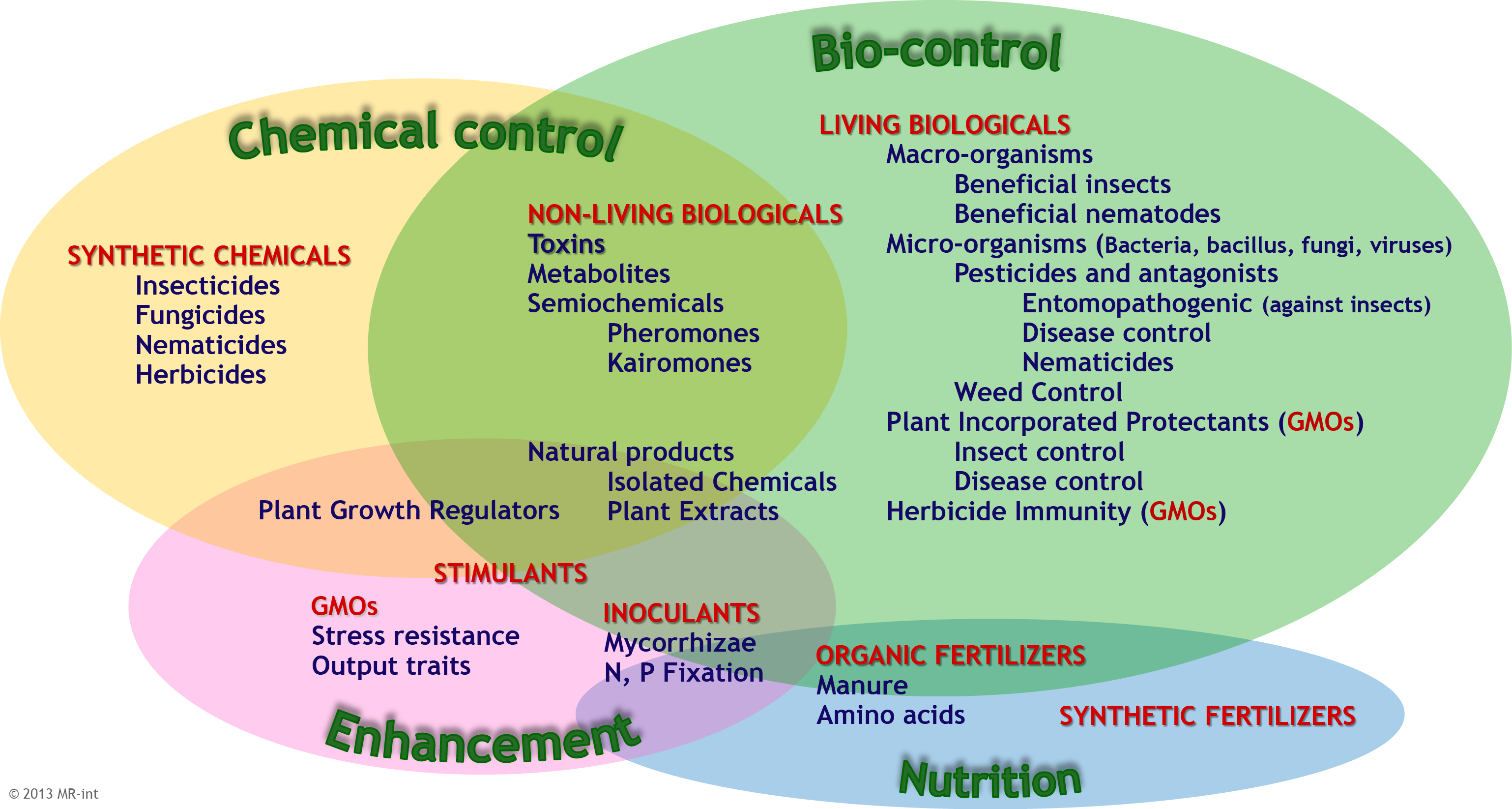
1
In 2012, a complete review of this industry was written. Besides of rather few new active substances or micro-organisms all the then presented concepts remain valid. Free viewing is now provided.
2
Besides of needing protection protected from weeds and pests , plant may be boosted by stimulants, All kind of claims are made for such products, from snake-oil to solidly demonstrated modes of action.
3
At the edge between tolerance to abiotic and biotic stresses, mycorrhizal inoculants are an example of solid mode of action with little industry support.
Self production may be the way to go.
While agriculture never stops improving its efficiency and, at the same time, continues minimizing its impact on people health and on the environment by adopting safer and environmentally friendlier agronomic methods, the way to protect and enhance crops is evolving to a wider diversity, with products of biological origin gaining more importance.
The challenge is not to transform the farming industry into a benign “organic” paradigm, on the contrary, it consists in continuing feeding and clothing the growing World population while using a limited land area. Each hectare that can stay out of agricultural production is one more hectare that can be dedicated to maintain and preserve biodiversity and to offer recreational opportunities to an ever more urban population.
Agricultural inputs of biological origin, so-called biologicals, will not substitute synthetic ones but rather provide better strategies to obtain healthy crops. Thus, no dilemma shall exist between the economy and the ecology of farming; strategies must aim at both objectives. “Organic” agriculture cannot be such overall solution. Also called “bio” or “ecological” in other languages, it must obey to various prohibitions: no use of synthetic chemistry for fertilizers or pesticides, no use of transgenic seeds, set aside areas for biodiversity, etc. These rules dictate ways of doing but they have no result orientation such as production efficiency, produce quality, or explicit environmental parameters. Agriculture has a production and a productivity mandate that cannot be expected from organic agriculture.
While biologicals are usually certified for their use in organic farming, they find also their place in a modern agriculture that satisfies all safety and environmental requirements while offering plenty harvests under high quality standards.
To protect crops against pathogens, insects, and competitive weeds, substances must be used that will eradicate such enemies; therefore, they must show toxicity. At the same time, this toxicity must not extend itself to other organisms, affecting people and the environment. With their natural origin, biologicals are supposed to be “nature compatible”, which means acting selectively, not leaving long-lasting residues, and being non-toxic for other, non-target organisms. However, their agricultural uses may imply large quantities in high concentrations with associated risks of unwanted effects. This means that biologicals, as their synthetic cousins, may pose intolerable risks; therefore, they must be also regulated to ensure that these risks will not materialize. This is why agricultural inputs are among the most regulated products in the World, in many ways more than pharmaceutical drugs.
On this website, some insights are provided to such products that belong to various categories, the borders of which cannot be drawn too sharply.


Ths site is made with no commercial intent but with quite a lot of resources that can be appreciated in a concrete way.


